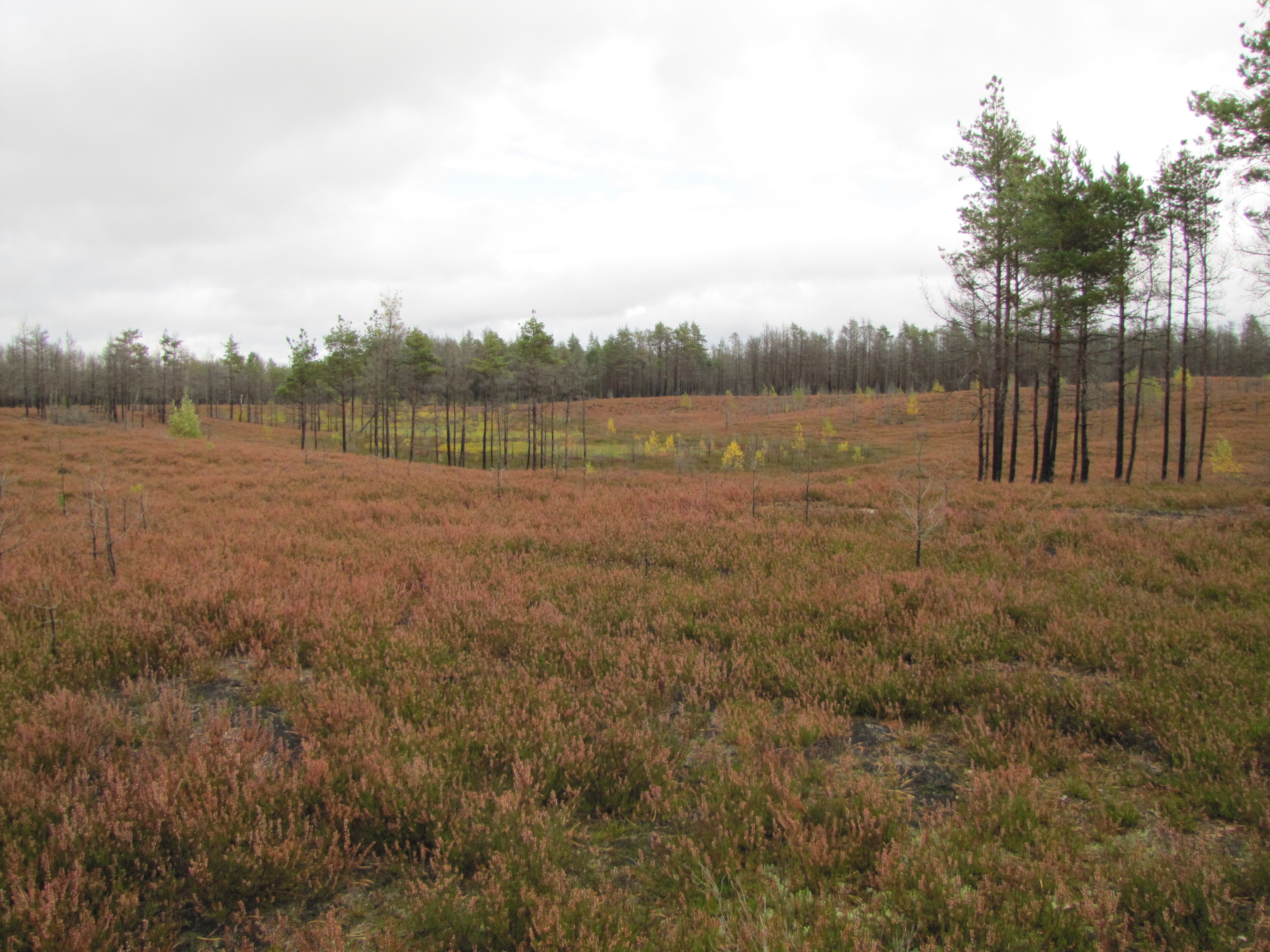
Dry heaths cover undulating or more or less flat sandy inland areas, from which heath forests (sometimes dry boreal forests) have been cut down or where they have been destroyed by forest fires. Compared to the dry sand heaths with Calluna and Empetrum nigrum (2320), the vegetation and soil cover of inland heaths usually have a longer development history: they are often secondary communities formed on former forest areas. The upper layers of thin or medium-thick sandy soil dry out during periods of little precipitation, so only drought-tolerant plant species can grow on the heaths. Vegetation is usually sparse, low, and poor in species, dominated by sand-loving plants (psammophytes).
Heaths are widespread mainly on the western islands, and in Northern, North-Western, and South-Eastern Estonia.
Includes the following habitat types according to Paal: 2121 (dry boreal heath grassland site type) and 2131 (dry boreal grassland site type).